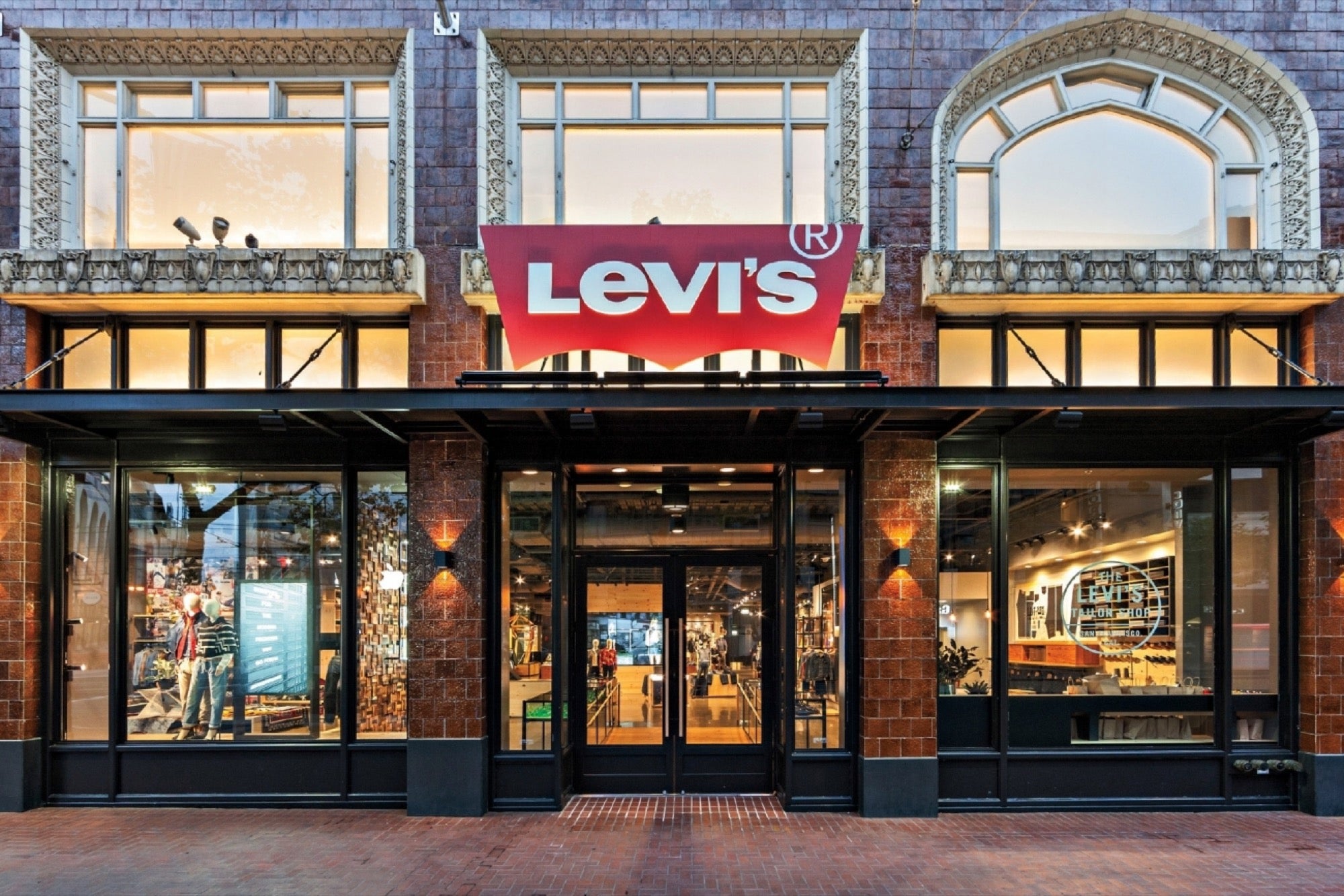How Levi's Became a Brand With Staying Power With 162 years under its belt, the denim company knows a thing or two about great branding.
This story appears in the April 2015 issue of Entrepreneur. Subscribe »

In our consumer culture of shiny-new-object syndrome, it is increasingly unlikely that a brand will survive—much less thrive—for more than a few seasons. But for 162 years, Levi Strauss & Co. has done just that. The staying power of the Levi's brand stands out boldly in this era of pop-up stores, Snapchat-style startups and fleeting loyalty.
For perspective, consider that when Levi Strauss emigrated in 1853 from Buttenheim, Bavaria, to the U.S. and founded his company, there were only 31 American states. Another 32 years would pass before the automobile was developed. Among iconic U.S. brands, only Anheuser-Busch (founded in 1852) has been around longer than Levi's. (Coca-Cola came about in 1892; Ford in 1903.)
And yet Levi's remains a formidable brand today. Fiscal 2014 revenue increased 2 percent over the previous year to $4.68 billion, and the company commands the highest share of the global jeans market. Retailers credit Levi's for having unique brand assets they can't get from other lines. As Gary Oneil, former creative director for J.C. Penney, explains, "Levi's has become a brand titan that scales across lifestyle, gender … this allows retailers to cast a broad net that captures a diverse customer base."
The rest of this article is locked.
Join Entrepreneur+ today for access.
Already have an account? Sign In